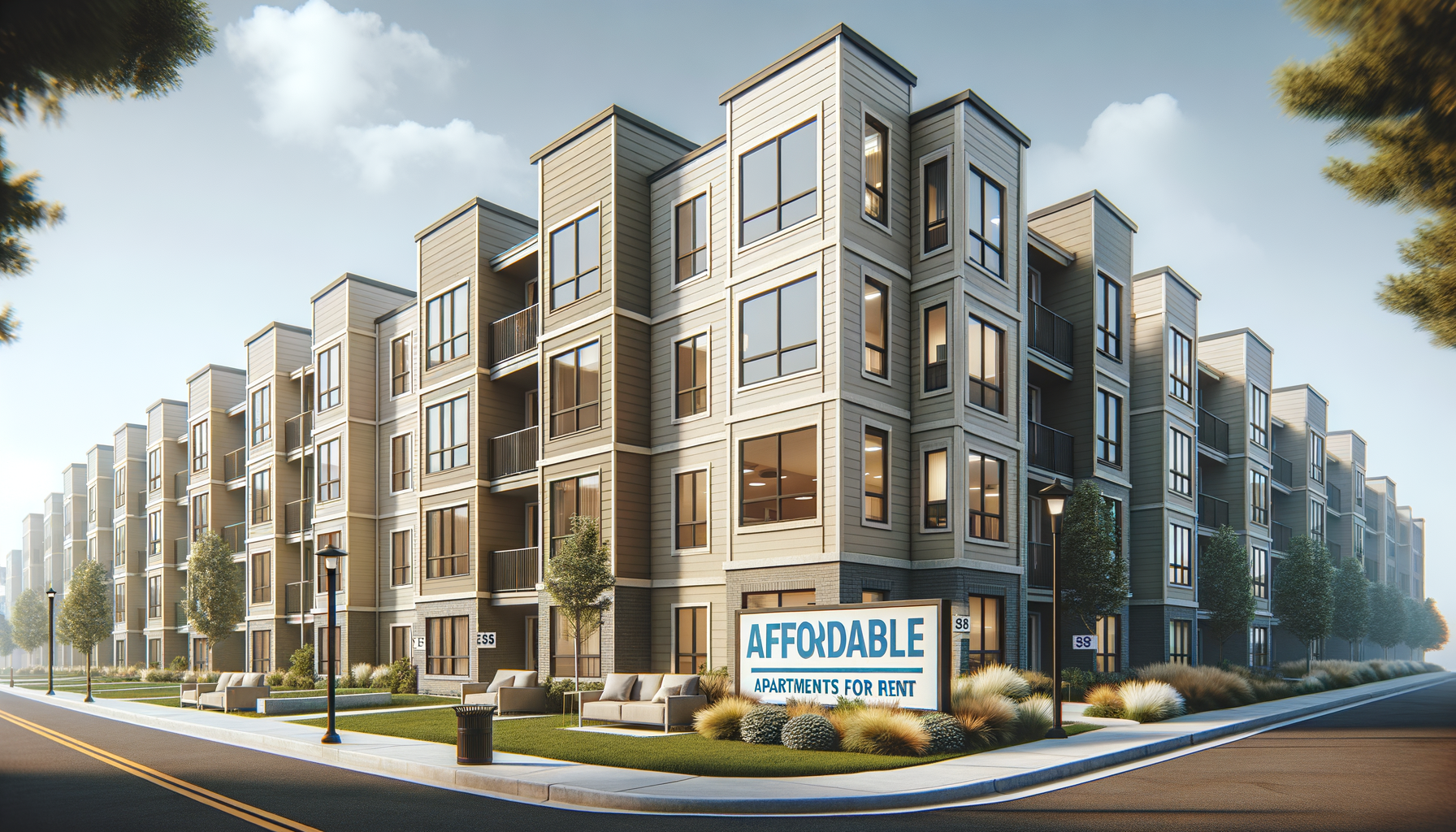Understanding What “Affordable” Means
When embarking on the journey to find an affordable apartment, it’s essential to first define what “affordable” means for you. This term can vary significantly depending on your personal financial situation, the cost of living in your desired area, and your lifestyle needs. Generally, housing experts recommend that you spend no more than 30% of your gross monthly income on rent. This guideline helps ensure that you have sufficient funds for other necessities such as food, transportation, and savings.
To start, calculate your monthly income and determine the maximum amount you can comfortably allocate to rent. Consider any additional expenses that might come with renting an apartment, such as utilities, internet, and renter’s insurance. By having a clear understanding of your financial boundaries, you can narrow down your search to apartments that truly fit your budget.
It’s also important to research the average rental prices in your desired location. This will give you a realistic idea of what you can expect to pay and help you identify neighborhoods that offer more affordable options. Many online resources provide rental price trends, which can be a valuable tool in your search.
Exploring Different Types of Affordable Apartments
Once you have a clear budget in mind, it’s time to explore the different types of affordable apartments available. There are several options to consider, each with its own set of advantages and potential drawbacks. One popular choice is studio apartments, which offer a compact living space that combines the bedroom, living room, and kitchen into a single area. These are often more affordable due to their smaller size, making them an excellent option for individuals or couples.
Another option is to look for apartments in buildings that offer shared amenities. These can include laundry facilities, gyms, or communal spaces, which can help reduce overall living costs. Additionally, some apartment complexes offer units at a lower price if you are willing to sign a longer lease, providing more stability and potentially saving you money in the long run.
For those open to a more communal living experience, co-living spaces are becoming increasingly popular. These arrangements typically involve renting a private bedroom while sharing common areas with other tenants. Co-living can be a cost-effective way to live in more expensive urban areas while enjoying a sense of community.
Location, Location, Location
The location of an apartment can significantly impact its affordability. Urban centers tend to have higher rental prices due to demand, but there are often more affordable options in the surrounding suburbs or less central neighborhoods. When considering location, think about your daily commute, access to public transportation, and proximity to essential services like grocery stores and healthcare facilities.
Living slightly further from the city center can offer substantial savings on rent, but it’s crucial to weigh these savings against any additional transportation costs or time spent commuting. Using public transportation can be a cost-effective alternative to driving, and many cities offer discounted transit passes for residents.
Another strategy is to look for up-and-coming neighborhoods. These areas may have lower rental prices as they develop, but they often offer great potential for future growth and amenities. Keep an eye on local real estate trends and community developments to identify these opportunities.
Negotiating Rent and Lease Terms
Negotiating rent and lease terms can be a valuable tactic in securing an affordable apartment. While it may seem daunting, many landlords are open to negotiation, especially if you are a reliable tenant or willing to sign a longer lease. Start by researching comparable rental prices in the area to ensure you have a strong basis for your negotiation.
When negotiating, consider asking for concessions such as reduced rent for the first few months, free parking, or included utilities. These can significantly impact your overall living costs. Be polite and professional in your approach, and be prepared to explain why you are a desirable tenant.
Additionally, if you are renewing a lease, don’t hesitate to discuss potential rent increases. Landlords may be willing to keep rent stable to retain a good tenant, especially in a competitive rental market.
Utilizing Online Resources and Networks
The digital age offers a plethora of online resources and networks to aid in your search for affordable apartments. Websites and apps dedicated to rental listings can provide a comprehensive overview of available properties, complete with photos, amenities, and pricing information. Setting up alerts for new listings that match your criteria can help you act quickly in a competitive market.
Social media platforms and community groups can also be valuable resources. Joining local housing groups or forums can connect you with other renters and provide insights into the rental market. Word of mouth can sometimes lead to finding hidden gems that aren’t widely advertised.
Finally, consider reaching out to local real estate agents who specialize in rental properties. They often have access to listings that aren’t available online and can provide personalized assistance in your search. By leveraging these resources, you can increase your chances of finding an apartment that meets your needs and budget.




Leave a Reply